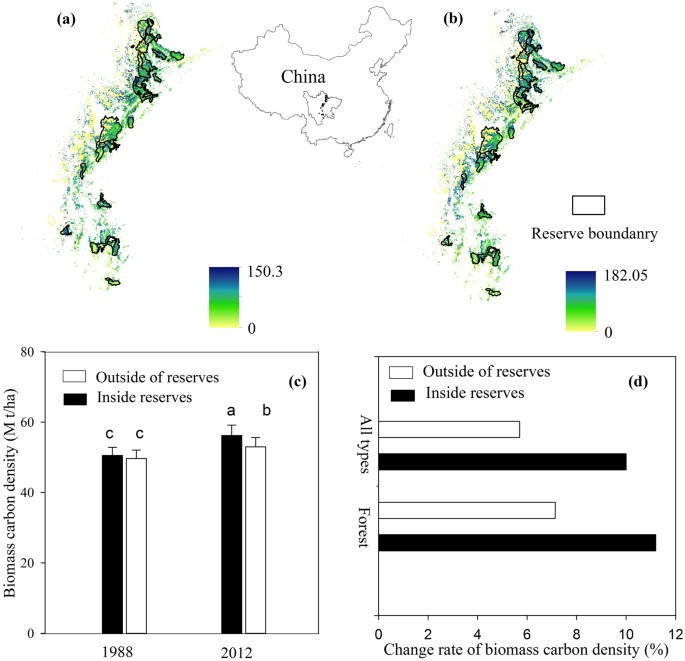Country-scale Rate of Biodiversity Decline (BDS) Depends on Conservation Spending Levels:

Abstract:
"Halting global biodiversity loss is central to the Convention on Biological Diversity and United Nations Sustainable Development Goals, but success to date has been very limited. A critical determinant of success in achieving these goals is the financing that is committed to maintaining biodiversity; however, financing decisions are hindered by considerable uncertainty over the likely impact of any conservation investment. For greater effectiveness, we need an evidence-based model that shows how conservation spending quantitatively reduces the rate of biodiversity loss. Here we demonstrate such a model, and empirically quantify how conservation investment between 1996 and 2008 reduced biodiversity loss in 109 countries (signatories to the Convention on Biological Diversity and Sustainable Development Goals), by a median average of 29% per country. We also show that biodiversity changes in signatory countries can be predicted with high accuracy, using a dual model that balances the effects of conservation investment against those of economic, agricultural and population growth (human development pressures). Decision-makers can use this model to forecast the improvement that any proposed biodiversity budget would achieve under various scenarios of human development pressure, and then compare these forecasts to any chosen policy target. We find that the impact of spending decreases as human development pressures grow, which implies that funding may need to increase over time. The model offers a flexible tool for balancing the Sustainable Development Goals of human development and maintaining biodiversity, by predicting the dynamic changes in conservation finance that will be needed as human development proceeds."
Read More: https://www.nature.com/nature/journal/vaop/ncurrent/full/nature24295.html









